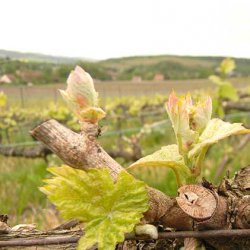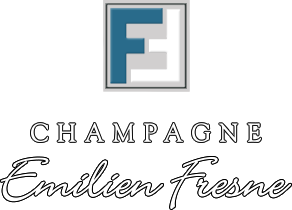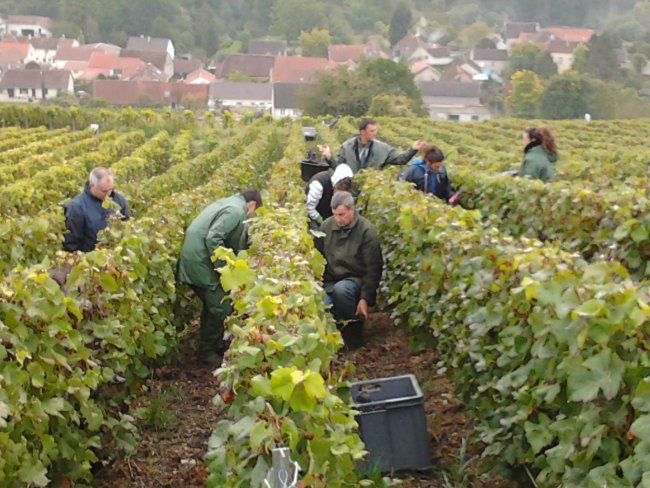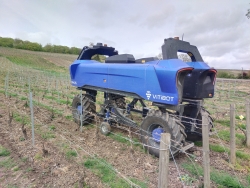Open everyday by appointment.

Working in the vineyards in Champagne
Vines require constant attention and a lot of handmade work during the whole year.
Vine trimming – from November to late March –
This is the first task after the harvest and one of the most important. Trimming determines the vine's strength and fertility. It represents the starting point of grape production.
It consists in selecting the best branches of vines to orient its future growth. Length, choice and a good balance of buds will determine the shape of the main structure which will later shape the foliage. Trimmingp helps regulate the vine production to obtain the best grape maturity.
We are using three trimming methods: the “Marne Valley”, the “Chablis”, and the “Cordon”, chosen depending on the different grape varieties and vintage.
Tying – March – April
Once the trimming process is done, the frame wood has to be tied to the support wire to help the plant develop horizontally so that it benefits of a better sunshine.
"Ebourgeonnage" - May
The "ébourgeonnage" is an vine operation which consists of removing unnecessary growth.
It is a handmade technique performed as soon as the first young branches grow. It is usefull to "clean" the vines and regulate productivity.
Vine lifting and tying-up – from May to June
Vine offshoots must be disciplined to air the foliage and enable the plant to capture the sunlight. They are therefore lifted and maintained vertically, separated and arranged in between two wires, maintained by staples. This is a handmade task.
Cropping – from June to the harvest
Vines are cropped several times during the summer. Cropping the vegetation and to removing regrowth is necessary to encourage the fruit growing and to give grapes the best sunshine, needed for a proper fruit maturation.
The next step is the harvest, time during which we hope to collect the fruits of this hard work before the beginning of another year…
Harvesting – from mid-September to early October
The harvest's opening date varies according to vintages and varieties: it is determined by Champagne's inter-profession, according to objective criterias in the interest of an optimal quality. We have to collect the healthiest grapes (before possible decay) which are now mature.
Future wine quality depend on the balance between sugar content and natural acidity level. Measures are regularly done during the weeks following the harvest to control the evolution of these two factors.
For qualitative reasons, harvest machines are prohibited in Champagne. Grapes are only picked by hand and sent to the wine press as soon as possible to avoid oxidation risk.











